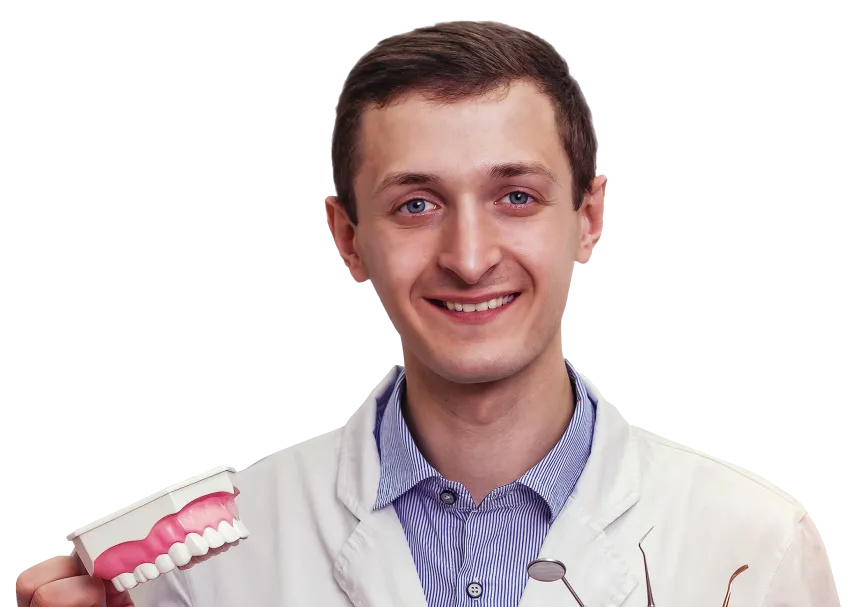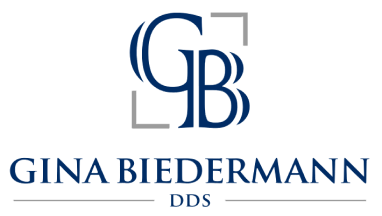Sleep Apnea Appliances

Sleep apnea is a serious, sometimes fatal medical disorder that affects around 10% of American men over the age of 40, and 6% of American women of the same age. Sleep apnea sufferers completely stop breathing during sleep, sometimes hundreds of times in a single night. Normal breathing ceases because the airway becomes obstructed, causing a serious reduction of airflow to the lungs.
There are a number of dental devices that can be used to alleviate this condition. The goal of most of these devices is to separate the jaws and push them forward slightly. This slight repositioning opens up the airway, and allows oxygen to flow freely again. Wearers of sleep apnea dental devices report that they stop loud snoring, feel more rested in the daytime, and are much more comfortable going to sleep. Sleep apnea appliances work best on patients who are not significantly overweight. They offer a viable alternative to Continuous Positive Airway Pressure (CPAP).
Sleep apnea appliances fall into two categories: fixed and adjustable. Here are brief descriptions of some commonly used sleep apnea dental appliances:
TAP® 3 (Thornton Adjustable Positioner)
The TAP® 3 is the smallest, most comfortable member of the TAP family. It is a two-part custom-created sleep apnea appliance that fits over the teeth in much the same way as a sports mouthguard. The TAP® 3 projects the jaw forward to prevent the tongue and soft tissues from impeding the airway. The lower jaw positioner is adjustable, which means that it can be altered to suit the comfort level of the wearer. The TAP® 3 appliance can accommodate the three main types of malocclusion, and allows the lips to fully close.
OASYS Appliance
The OASYS appliance is designed to move the base of the tongue toward the front of the mouth by gently repositioning the jawbone (mandible). This shift opens the oropharynx and strengthens the upper airway. An extension of the upper shield projects toward the nose, creating a larger nasal opening and less resistance to normal airflow. This adjustable appliance is comfortable to wear and extremely patient friendly.
KlearwayTM Appliance
The KlearwayTM Appliance is generally used to alleviate obstructive sleep disorder and eliminate snoring. The patient or dentist can project the jaw forwards in increments of .25mm at a time. This ensures maximum comfort for the sleeper. The KlearwayTM appliance is made from VariflexTM heat softening acrylic, which makes it easier to insert. Running warm water over the appliance makes it pliable, but once placed in the desired position, the acrylic hardens again.
Herbst Telescopic Appliance
The Herbst appliance is held in the mouth by clasps and friction grips. It is made of acrylic, and contains adjustable metal wiring. The advantage of this appliance is that the wearer is able to move vertically and laterally without dislodging the appliance. The Herbst appliance is usually used in mild and moderate cases of sleep apnea, and can also alleviate loud snoring effectively.
If you have questions or concerns about sleep apnea appliances, please ask your dentist.


